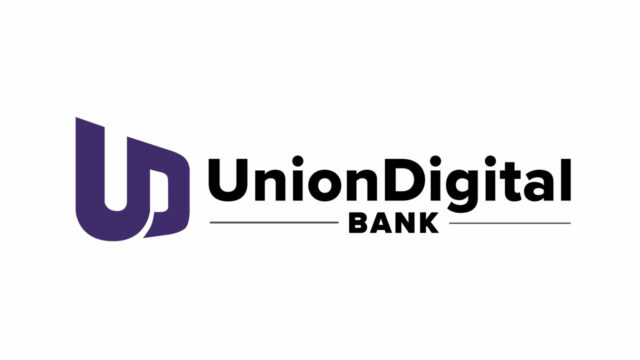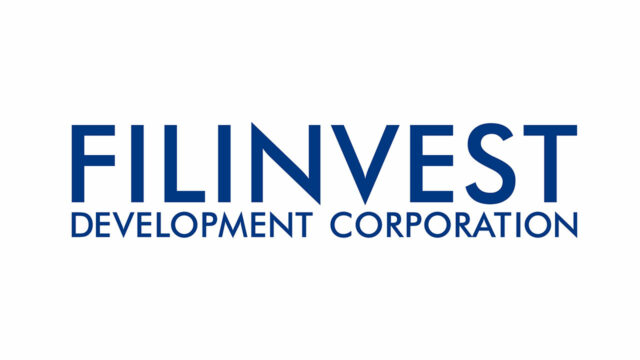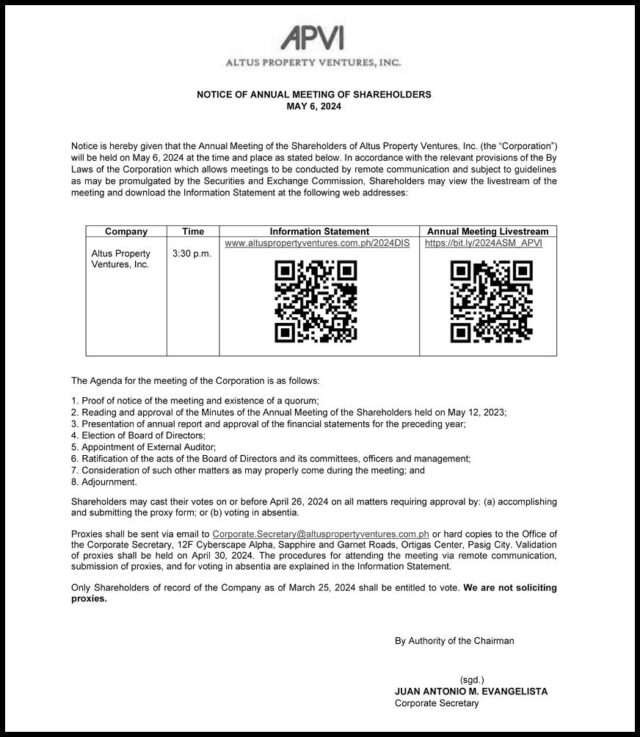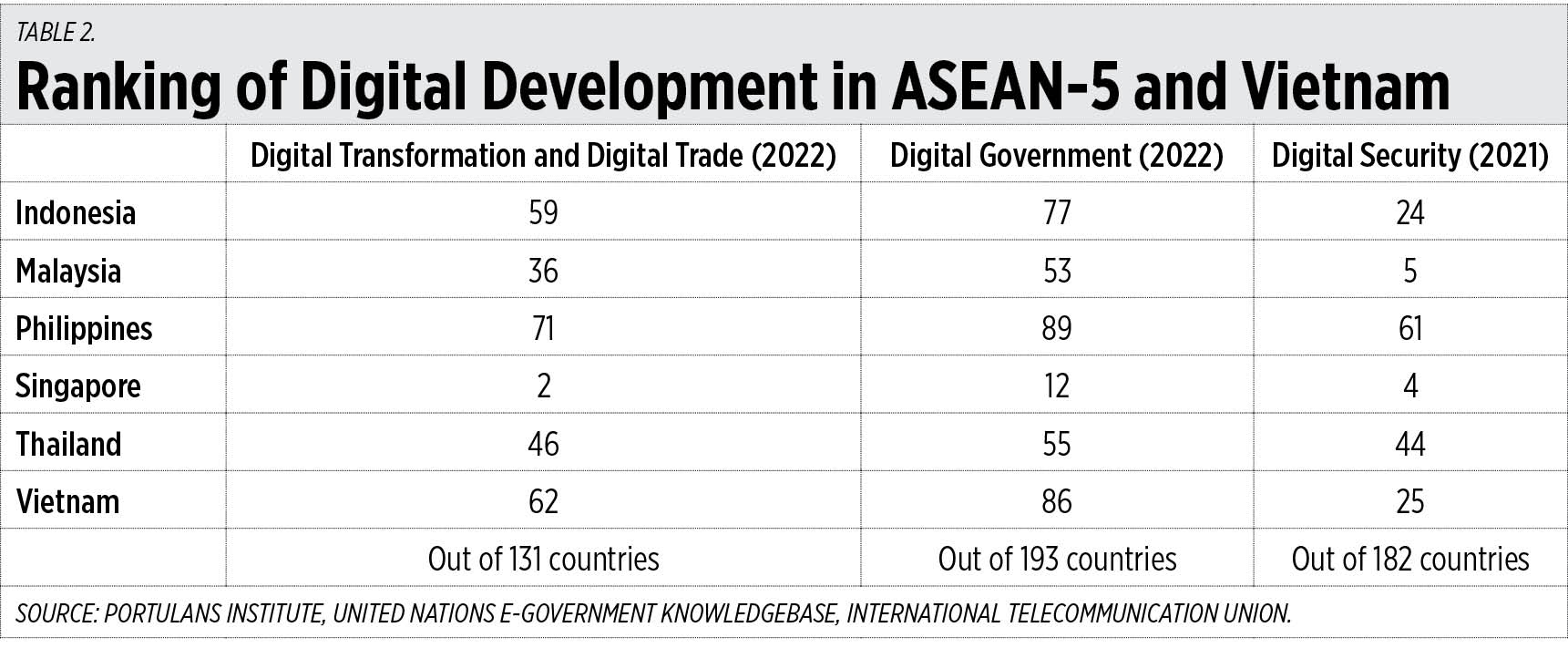Revised 6-7% goal still ‘optimistic’ — analyst
By Beatriz Marie D.Cruz, Reporter
THE GOVERNMENT of President Ferdinand R. Marcos, Jr. must temper inflation, cautiously boost spending, and ramp up revenue collection to meet its revised growth targets this year, according to analysts.
The Development Budget Coordination Committee (DBCC) last week lowered the gross domestic product (GDP) growth target range for this year to 6-7% from 6.5-7.5% previously, citing rising prices, geopolitical tensions and trade restrictions.
“We think the downgrade brought the target to a more plausible range, considering economic headwinds including high inflation and slowing global economy,” Makoto Tsuchiya, economist at Oxford Economics Japan, said in an e-mail.
However, the DBCC’s target range is still higher than Oxford Economics’ baseline growth forecast of 5.2% this year, he added.
“The revised (DBCC) target is still quite optimistic in our view,” Mr. Tsuchiya said.
Security Bank Corp. Chief Economist Robert Dan J. Roces said the attainability of the DBCC’s revised target will depend on several factors, including inflation.
Inflation accelerated for the second straight month in March to 3.7% due to the continued increase in prices of rice, a major food staple in the Philippines.
Rice inflation quickened to 24.4% in March, the fastest print since the 24.6% uptick in February 2009.
Foundation for Economic Freedom President Calixto V. Chikiamco said the government must further lower rice tariffs to at least 10% from the current 35% rate.
“Rising food inflation would make Filipino consumers wary of increasing consumption, thereby impacting GDP growth,” he said in a Viber message.
Bangko Sentral ng Pilipinas (BSP) Governor Eli M. Remolona, Jr. on Monday said that upside risks to inflation have “become worse,” prompting policy makers to adopt a more hawkish stance.
The BSP raised its baseline inflation forecast to 3.8% this year from 3.6% previously. It also hiked its risk-adjusted inflation forecast to 4% for 2024 from 3.9% previously.
“The government could boost spending to shore up growth, but then this will further push up the government deficit this year,” Mr. Tsuchiya said.
The DBCC raised its budget deficit ceiling to P1.48 trillion this year from the P1.39-trillion ceiling previously. The deficit as a share of GDP is expected to stand at -5.6% this year from -5.1%
The government is targeting to collect P4.27 trillion in revenues this year, 11.78% up from P3.82 trillion in actual collection last year. It is aiming to spend P5.75 trillion this year, up from P5.23 trillion last year.
“The upwardly revised deficit ceiling provides fiscal space for growth-oriented spending. Achieving these targets requires strong performance from key sectors and prudent fiscal management to ensure debt sustainability,” Mr. Roces said.
Zy-za Nadine M. Suzara, a public finance expert and executive director of the Institute for Leadership, Empowerment, and Democracy, said the government should rein in unnecessary spending to avoid breaching the deficit ceiling.
“The focus shouldn’t only be on revenue collections but improving how public funds are allocated and utilized… Part of the reason why the deficit is higher is due to wasteful government spending. It is a result of misprioritization of the budget, weak planning and budgeting linkage, and poor targeting of government programs and projects,” she said in a Viber message.
Ms. Suzara said these problems are compounded by “massive allocations for non-strategic and patronage-drive pork projects” and rising unprogrammed appropriations.
Albay Rep. Jose Ma. Clemente S. Salceda, who also heads the House Committee on Ways and Means, said the government would have to ensure fund releases are fast-tracked to ensure economic growth momentum continues.
“The most important room for growth in that aspect is unprogrammed appropriations. The faster the DBCC’s members can get loan proceeds, certify the availability of excess funds, or get dividends from government agencies, the better for growth,” he said in a Viber message.














